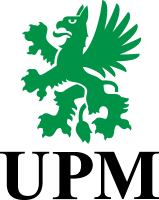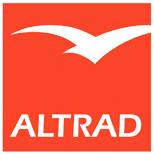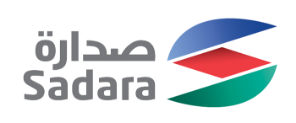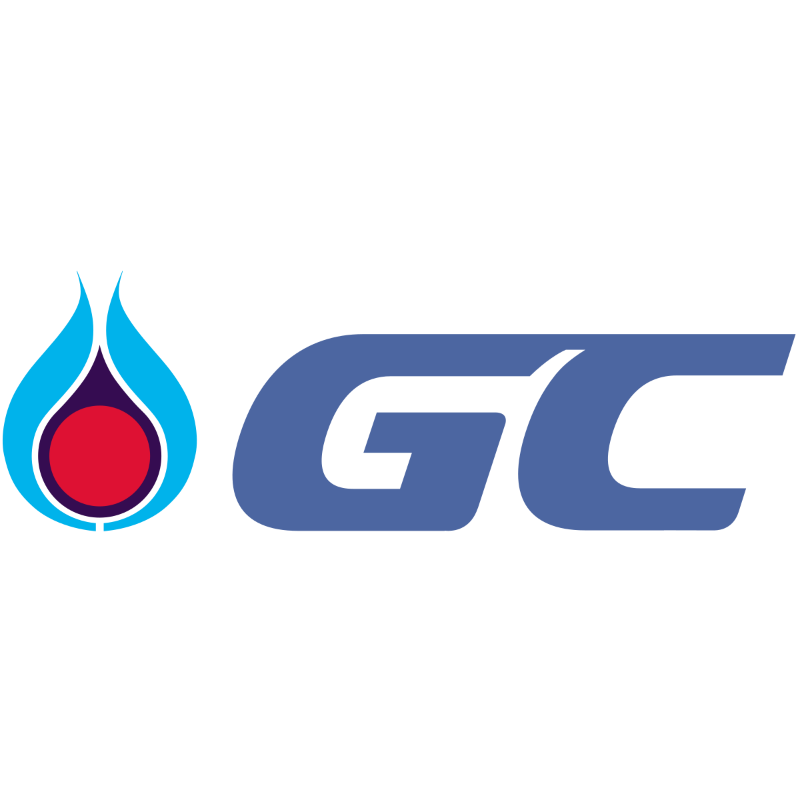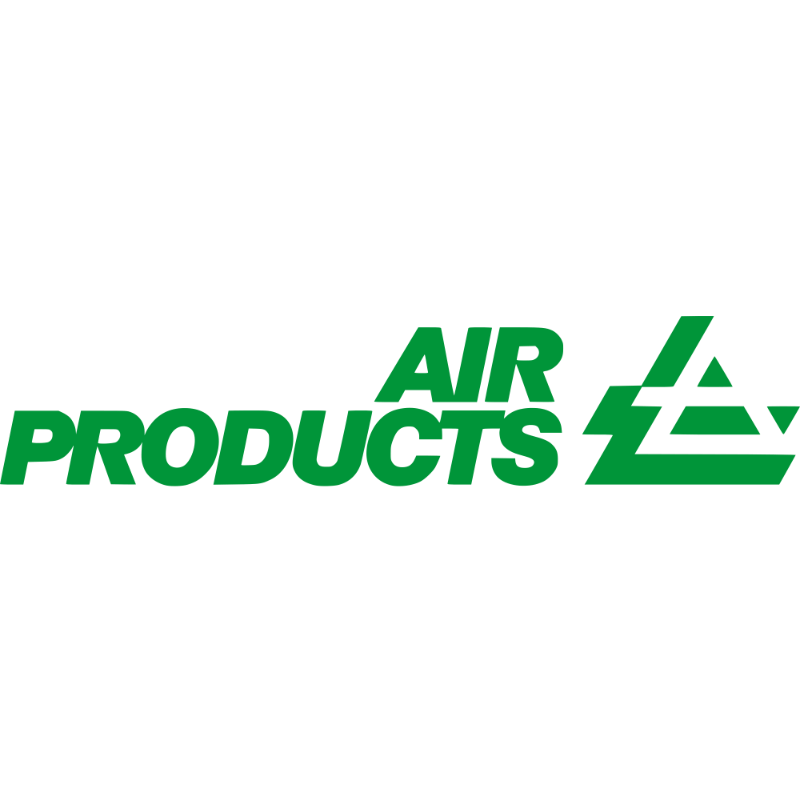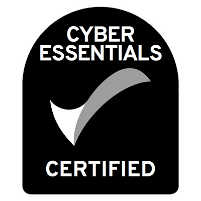
Understanding PTW, or Permit to Work, is crucial for workplace safety. It is a formal system designed to control high-risk activities and protect organisations from harm, loss or damage.
PTW systems are essential in industries like construction, oil and gas, and manufacturing. They help ensure that all necessary safety measures are in place before work begins.
These systems are part of an integrated safe system of work, which includes training and procedures. They are vital for managing health and safety compliance.
With the rise of technology, electronic permit to work systems have become popular. They streamline processes and improve record-keeping.
This guide will explore PTW definitions, contexts, and their importance in ensuring safety and compliance. Discover how PTW can enhance your workplace safety strategy.
What Does PTW Mean? Understanding the Basics
PTW stands for Permit to Work. It is a vital safety tool in many industries. This system controls activities that could pose potential risks to workers, plant or equipment.
A PTW is a formal document. It outlines the work that needs to be done. It also specifies the precautions required to ensure their safety. This process helps minimize hazards in complex environments.
Key elements of a PTW include:
- Work description: Details of the task to be performed.
- Safety measures: Precautions to be taken to prevent accidents.
- Approval and authorisation: Sign-offs from competent, responsible parties.
PTW systems are part of integrated safety management. They form the backbone of health and safety systems. These systems aim to protect workers and maintain compliance with regulations.
Understanding what a PTW involves is crucial. It helps workers and safety officers communicate effectively. PTW systems facilitate a safer and more organised work environment.
Why Is PTW Important for Health and Safety?
Permit to Work systems are vital for managing health and safety risks. They ensure that potential hazards are assessed before work begins. This proactive approach prevents accidents and injuries.
Health and safety compliance is a legal obligation in many sectors. PTW helps organisations meet these regulatory requirements. By using a PTW, companies demonstrate their commitment to workplace health and safety.
One major benefit of PTW is the promotion of safe working practices. This system enhances awareness among workers of the risks they may face. It ensures they take the necessary steps to mitigate these risks.
Key reasons why PTW is important include:
- Reducing accidents by identifying potential dangers
- Ensuring all safety protocols are followed
- Enabling effective communication among teams
In essence, PTW systems foster a culture of safety. They encourage responsibility and vigilance, crucial in any safety management strategy. This, in turn, creates a safer work environment for everyone involved.
Key Components of a Permit to Work System
A Permit to Work (PTW) system encompasses several crucial components that ensure a safe work environment. Understanding these elements is vital for effective implementation.
First, risk assessment is foundational. Identifying hazards and evaluating risks ensures that appropriate controls are in place. It forms the basis of safe working practices under the PTW system.
Secondly, clear communication is essential. All workers involved in the tasks must fully understand the safety procedures. This includes briefings and written instructions, which are crucial for health and safety compliance.
Authorisation is another key component. Only authorised personnel can issue and manage PTWs. This process safeguards against unauthorised work, ensuring safety protocols are respected.
The PTW system generally includes:
- Risk assessment forms
- Authorisation documents
- Communication and briefing records
These components work together, forming an integrated safe system of work. They are essential to mitigate risks and foster an organised and safe workplace environment. Without these, the effectiveness of health and safety systems would be severely compromised.
Types of Permit to Work: Common Examples
Different types of PTW systems are tailored to specific jobs, ensuring varied safety needs are met. These permits help manage diverse work environments effectively.
One common type is the Hot Work Permit. It is used for tasks involving open flames or sparks, like welding. This permit ensures that fire safety measures are in place before work begins.
Confined Space Entry Permits are crucial for tasks performed in enclosed areas. These spaces present unique risks, such as limited ventilation, so permits ensure that air quality and emergency plans are addressed during work planning and prior to any personnel entering the confined space.
Electrical Work Permits handle tasks involving high voltage or complex electrical systems. They confirm that power sources are deactivated and workers are insulated from electrical hazards.
Other common permits include:
- Lifting Operations Permits
- Excavation Work Permits
- Working at Heights Permits
- Working Over Water
- Radiography
Each type of permit addresses specific risks associated with particular activities. By categorising work this way, PTW systems maintain focus on health and safety policies and procedures. Selecting the correct permit is integral to managing health and safety in various industry contexts, ensuring their safety at all times.
The PTW Process: Step-by-Step
The Permit to Work process involves several structured steps to ensure safety compliance. Each step demands precision and attention to detail.
Firstly, the job needs a thorough method statement and risk assessment. This step is key in identifying potential hazards and confirms that necessary controls are in place before proceeding.
Secondly, the PTW is issued by an authorised person. This individual verifies that safety measures are adequate and that the work can commence safely.
Next, the workforce receives a safety briefing. This briefing discusses specific risks and safety protocols relevant to the job.
As work progresses, continuous monitoring occurs. Supervisors check adherence to safety measures and address any new hazards.
The PTW process concludes with the job completion and a final inspection. This ensures the site remains secure, with all safety equipment accounted for.
- Risk Assessment
- Permit Issuance
- Safety Briefing
- Continuous Monitoring
- Final Inspection
The step-by-step PTW process is pivotal in maintaining integrated safety management, reducing workplace incidents, and enhancing health safety management systems.
PTW in Different Industries: Construction, Oil & Gas, and More
The Permit to Work system is widely used across various industries. Each industry faces distinct safety challenges, requiring tailored PTW processes to mitigate risks.
In construction, PTW is vital due to the high-risk activities and use of heavy machinery. The system helps in ensuring safe working practices and protecting workers on-site.
In the oil and gas industry, PTW is critical to managing explosive and hazardous materials. This industry relies on PTW to prevent accidents in potentially volatile environments.
Other sectors that benefit from PTW include manufacturing, chemical plants, and even office environments. Each adapts PTW to suit their specific safety needs and regulatory requirements.
- Construction: heavy machinery, high-risk tasks
- Oil & Gas: volatile materials, explosion risks
- Manufacturing: machinery, chemical handling
These examples illustrate how integrating PTW can enhance health and safety compliance across industries. It ensures a structured approach to identifying and mitigating risks in any work environment.
Integrated Safe Systems of Work (ISSOW) and PTW
Integrated Safe Systems of Work (ISSOW) combine multiple safety practices, ensuring comprehensive risk management. PTW is a core component of this approach, linking various safety protocols.
ISSOW involves meticulous planning and coordination. It ensures that all potential hazards are identified and controlled. This system enhances communication between different departments and stakeholders.
By integrating PTW within their ISSOW, organizations achieve a cohesive safety culture. This integration supports compliance with regulations while fostering safer work environments. Organisations can maintain a proactive stance on workplace safety.
- Planning and coordination to manage risks
- Enhanced communication across departments
- Proactive approach to health and safety compliance
Incorporating PTW into ISSOW creates a structured framework. This not only safeguards workers but also enhances the overall safety management system in place.
Electronic Permit to Work Systems: Modern Solutions
The adoption of electronic permit to work systems has revolutionised safety management. These systems streamline processes, reducing paperwork and improving accuracy. Information is centralised, allowing for easy access and updates.
Electronic systems enhance efficiency by automating routine tasks. They enable real-time tracking of permits and approvals, ensuring timely completion of safety checks. This leads to increased compliance and reduces the risk of oversight.
Organisations benefit from flexibility with online work permit systems. Remote sites can efficiently manage permits, ensuring their safety without delays. The integration of these systems supports a robust safety framework.
- Centralised information management
- Real-time tracking and automation
- Improved compliance and flexibility
By transitioning to electronic systems, companies ensure a more adaptive safety culture. This technological shift empowers organizations to maintain higher health and safety standards.
Training, Compliance, and Best Practices
Training is essential for understanding permit to work systems effectively. It equips employees with knowledge of safety protocols and procedures. This training is vital for reducing risks in high-risk activities.
Compliance with health and safety regulations is a legal necessity. Organisations must regularly review their safety practices to remain compliant. This includes updating safety protocols and ensuring staff are well-informed.
Best practices in PTW systems involve clear communication and meticulous record-keeping. Collaboration among management, safety officers, and workers is crucial. Implementing these practices contributes to a safer and more efficient workplace environment.
- Regular training for all employees
- Continuous review of safety protocols
- Strong emphasis on communication and record-keeping
By adhering to these guidelines, workplaces can effectively manage risks and uphold a high standard of safety.
Conclusion: Building a Safer Workplace with PTW
The Permit to Work (PTW) system is key to building safer workplaces. By understanding the meaning of PTW, organisations enhance their health and safety protocols. PTW systems help manage high-risk activities with precision, minimizing potential hazards and incidents.
Implementing PTW involves more than just compliance; it fosters a culture of safety. When combined with integrated safe systems of work, PTW ensures that all safety measures are strategically aligned. This proactive approach not only protects workers but also promotes efficiency and trust within the workplace. In adopting PTW systems, organisations commit to maintaining a secure and compliant environment for all.



